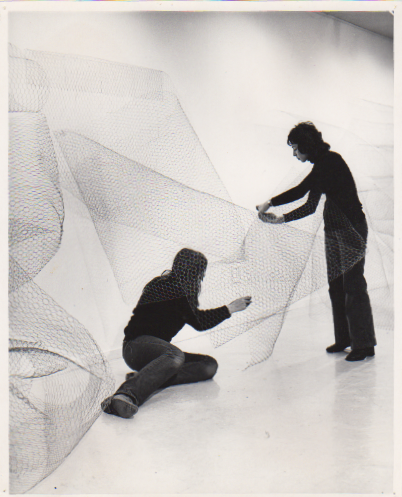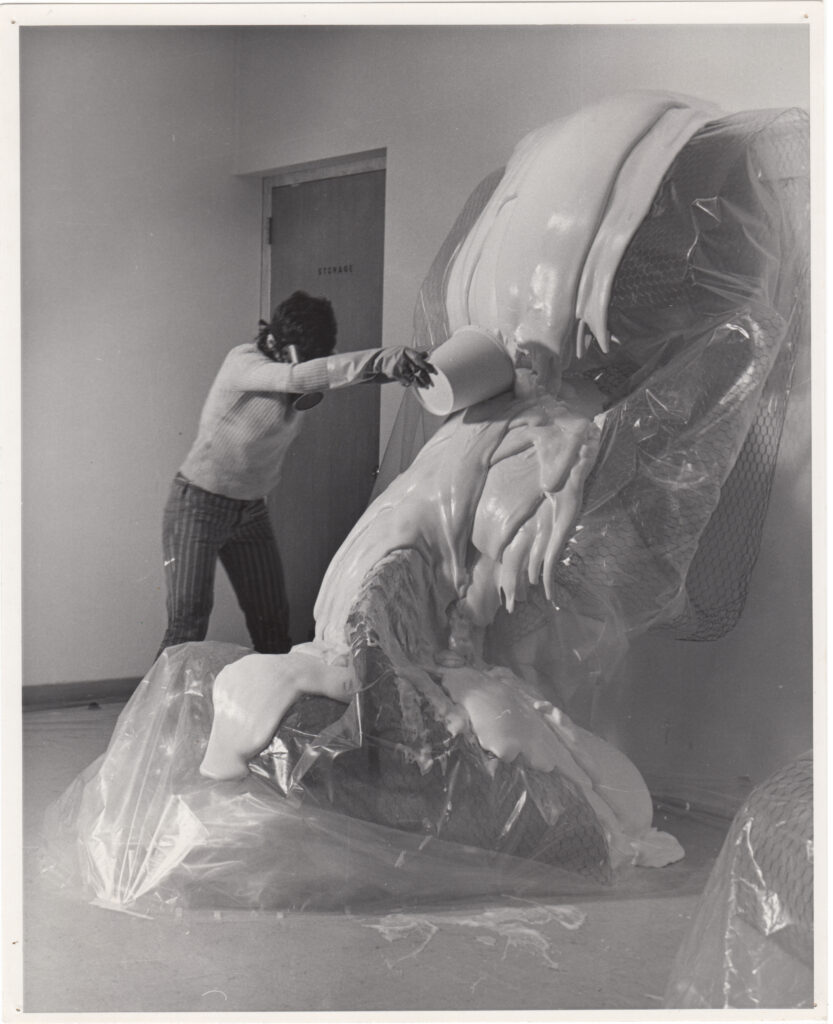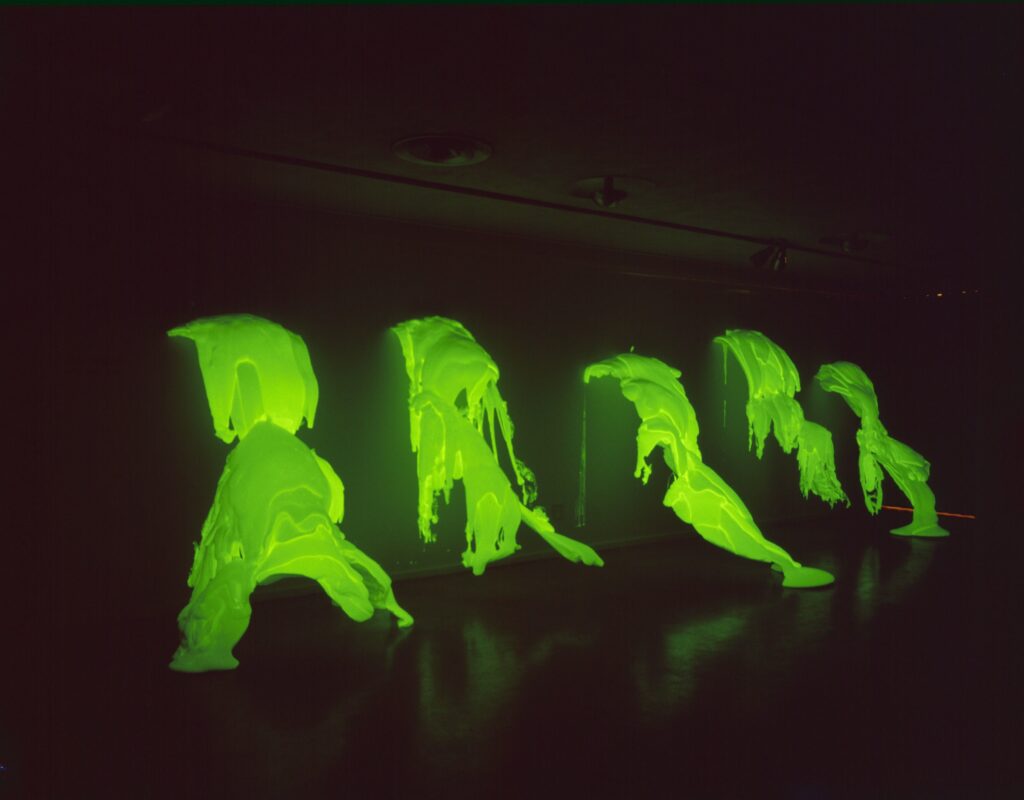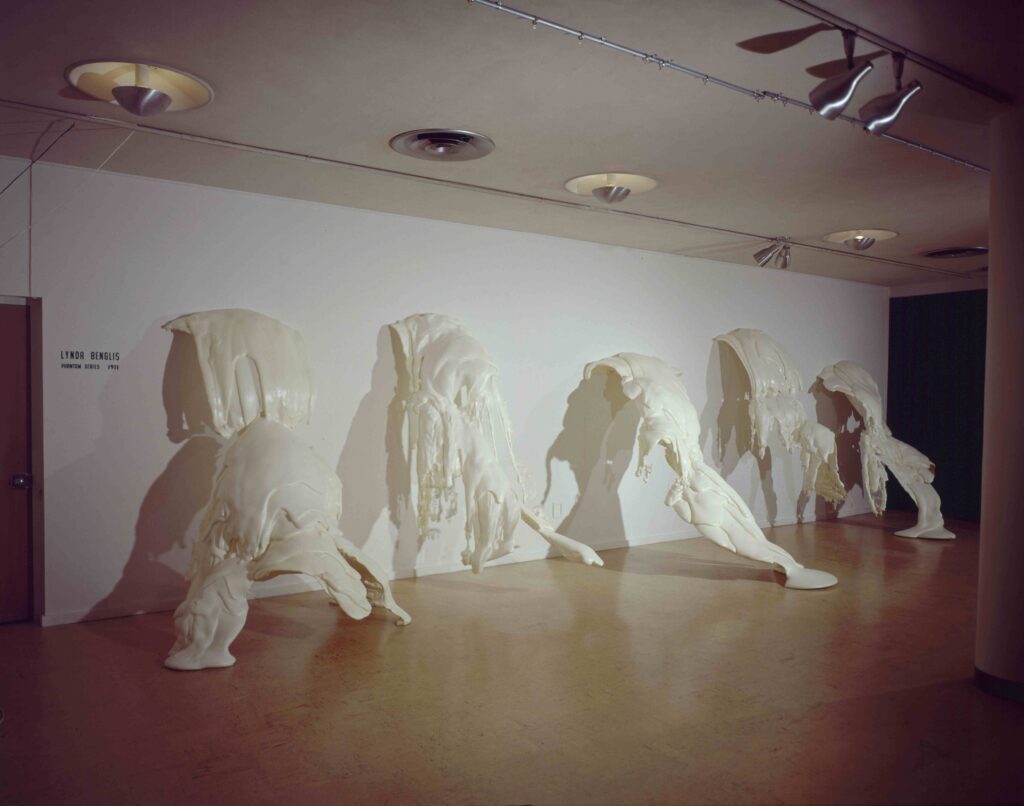Platinum – Major Sponsors
Greater Manhattan Community Foundation’s Lincoln & Dorothy I. Deihl Community Grants Program
The Alms Group
Gold Level Sponsors
Dan and Beth Bird
Silver Level Sponsors
Judy and David Regehr
Mary Cottom
Bronze Level Sponsors
Bill and Sharon Snyder











